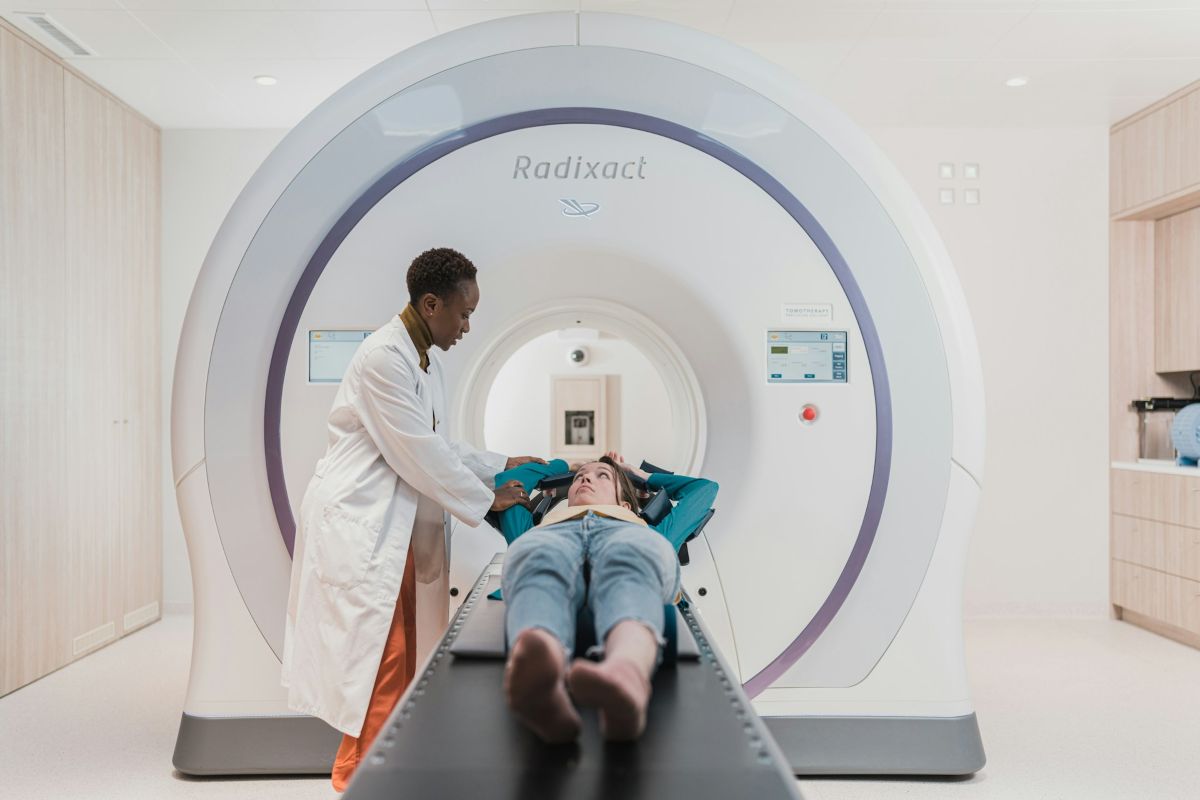In the coming years, we’d see a colossal increase in the precision as well as the speed of diagnosis, among other things, and patient care would be tailored in a manner that has never been achieved before.
We strive to maintain the highest standards in content, offering up only what’s actually valuable to the healthcare conversation – that’s our ground rule.
Here we take a look into how machine learning is going to change radiology.
6 Ways Machine Learning Will Change Radiology
1. Elevating Diagnostic Precision with Machine Learning
Machine learning is particularly well-suited to imaging data, where the ability to sift through vast datasets and tease out subtle textures is key to pinpointing disparities and irregularities that human eyes cannot readily detect.
Revolutionizing Anomaly Detection
Through machine learning, the process of identifying abnormalities in medical images is significantly enhanced. These algorithms assist radiologists in pinpointing diseases early and with greater accuracy, thereby improving the chances of successful treatment.
Refining Image Segmentation
Using machine learning for image segmentation makes it possible to understand in more detail what type of tissue is encountered, localize accurately areas of interest, and plan the treatment in a way that improves patient outcomes.
2. Customizing Patient Care through Machine Learning
When machine learning analyzes the personal data of individual patients, the promise of personalizing medicine could be reached, potentially for the first time.
Developing Personalized Treatment Strategies
With detailed information from artificial intelligence, clinicians make treatment plans that fit each patient to their specific disease, aligning treatments to patients, rather than forcing patients to fit into cookie-cutter treatments, making them more effective. With these methods enabling better clinical understanding, patient outcomes improve.
The ongoing advancements in machine learning and imaging techniques underscore the increasing importance of a comprehensive education in radiology.
Pursuing a bachelor’s degree in radiology equips future radiologists with the critical knowledge and skills needed to excel in this rapidly evolving field, ensuring they are well-prepared to leverage these advanced technologies for improved patient care.
3. Optimizing Radiology Workflows with Machine Learning
Machine learning can provide radiological workflows with a significant increase in efficiency and improvement of patient care pathways. This section outlines how machine learning is transforming radiological workflows.
Streamlining Operational Efficiency
Machine learning automates routine tasks within radiology practices, such as image categorization and preliminary analysis, freeing up radiologists to focus on more complex cases. This not only enhances diagnostic efficiency but also reduces the time to diagnosis.
Seamless Integration with Electronic Health Records
Machine learning models can be hooked into EHR so that they can access the accumulation of information about a patient’s history in one place, helping with more accurate diagnoses.
4. Addressing Challenges through Collaborative Innovation
Harnessing the power of machine learning in radiology poses unique challenges to data privacy and algorithm explainability.
Having technologists and clinicians figure out the ethically sound and technically feasible ways to implant machine learning in healthcare, together with the very real possibility of regulation, seems like a reasonable way forward.
5. Driving Patient Engagement and Education
However, machine learning in radiology also holds potential for patient engagement and education outside the clinical and research rationales.
Those who will be treated – the patients – can now benefit from the better quality and more interpretable diagnoses and predictive outcomes made possible by machine learning tools.
This greater transparency means a lot more patients can participate in discussions about their diagnoses and therapeutic options. This will no doubt lead to a more participative and patient-focused medical community.
6. Fostering Research and Development through Machine Learning
In other words, machine learning is both transforming and revolutionizing radiological work. But that is not all. It is opening up exciting new possibilities for radiological research and development.
Accelerating Innovation in Imaging Techniques
Machine learning algorithms are at the heart of new advanced imaging methods that generate sharper, richer images, which in turn help our clinicians diagnose diseases earlier and with more accuracy than before, pushing back the boundaries of the possible in medical imaging.
Enhancing Radiological Research
Scanning terabytes of data using machine learning tools allows us to identify epidemiological patterns of disease and new radiological markers.
With these various approaches, we can find hypotheses much faster than before and can do so with much more rigor if our research is data-driven rather than looking for patterns after the fact.
It is also our chance to do radiological research – and this is part of evidence-based medicine.
Encouraging Interdisciplinary Collaboration
This collaboration led to a multidisciplinary ecosystem comprising radiologists, data scientists and engineers.
Data mining must be translated into application, but only through the collaboration of the radiologist, data scientist and engineer can such an ecosystem emerge and the state of the practice continually be improved.
Conclusion
Mixing machine learning with radiology is nothing short of a revolution: you are essentially equipping your doctor with X-ray goggles that allow for better diagnosis, and healthcare as we know it is getting a hell of an upgrade.
Well, we have certainly explored how machine learning is disrupting radiology in the most positive way possible as we have talked about how this kind of disruptive innovation sharpens diagnostic capabilities, ensures that the various processes that lead to a diagnosis, the treatment and the follow-up are smoother, and how it ensures that treatment and diagnosis are tailored to each patient respectively.
Read Also:
- 65+ Highest Paying Jobs in the World 2024
- The Future of Non-Medical Home Health Care: Predictions and Trends
- 7 AI Trends In Healthcare 2024
Author: Casey Bloom
















